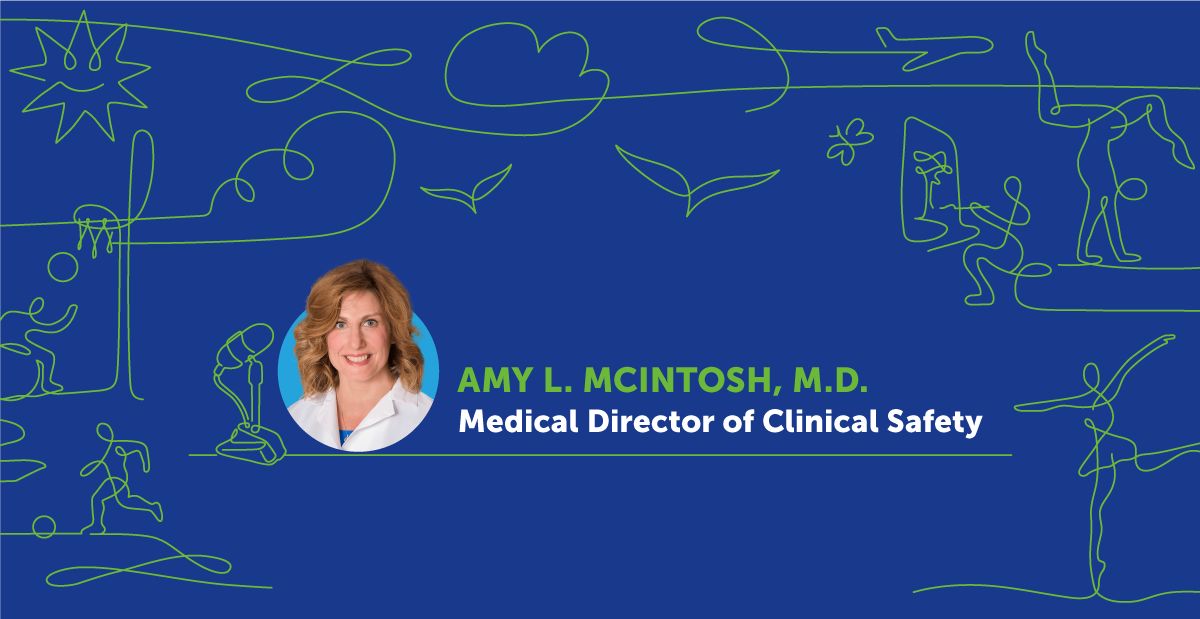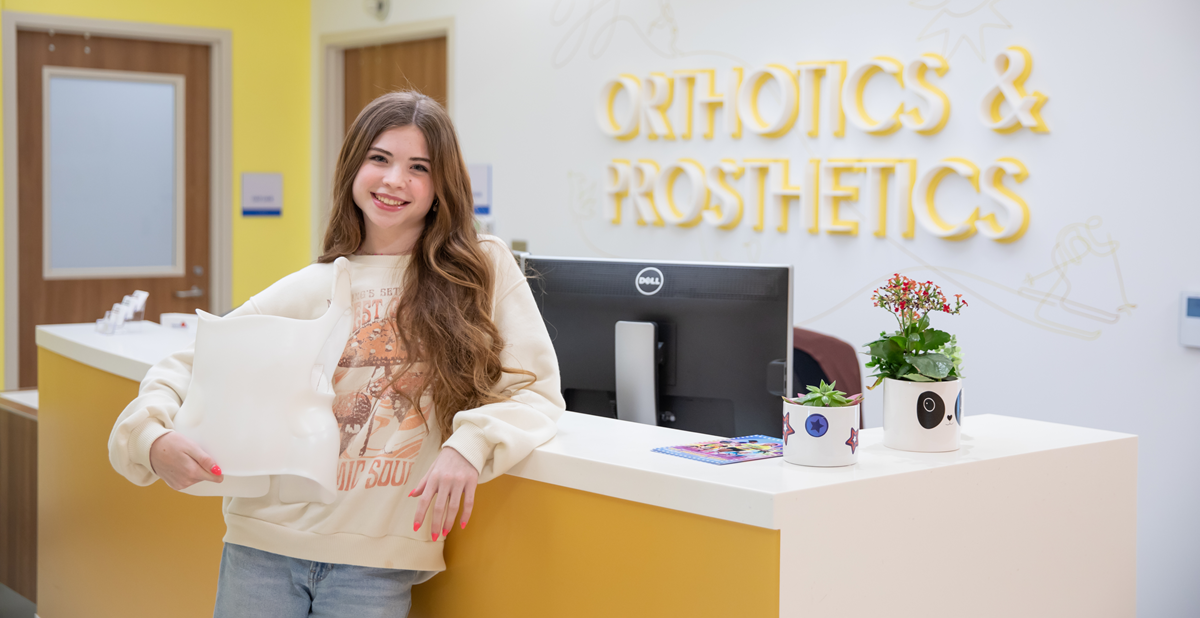
Nov 13, 2020 / Scoliosis & Spine
Checking In - Surgery for Adolescent Idiopathic Scoliosis
Checking In – A Scottish Rite for Children Podcast, Episode 2
Surgery for Adolescent Idiopathic Scoliosis
Host: Clinical Nurse Manager, Jennifer Bowden, R.N.
Expert guest: Medical Director of Clinical Safety, Amy L. McIntosh, M.D.
Listen to the full episode.
Below are the highlights from this episode:
What are the different treatment options for adolescent idiopathic scoliosis (AIS)?
Surgery for Adolescent Idiopathic Scoliosis
Host: Clinical Nurse Manager, Jennifer Bowden, R.N.
Expert guest: Medical Director of Clinical Safety, Amy L. McIntosh, M.D.
Listen to the full episode.
Below are the highlights from this episode:
What are the different treatment options for adolescent idiopathic scoliosis (AIS)?
- Clinical observation – Sometimes a child’s curve is not big enough to treat with a brace or surgery, but our team will want to follow it closely. Often, the patient is scheduled for another visit within six months, which allows the child to grow, helping us determine if the scoliosis will progress and eventually require treatment.
- Physical therapy – Scoliosis specific exercises (SSE) lengthen, activate and strengthen muscles. In addition, SSE improves a child’s resting posture and teaches them how to perform daily movements in that corrected position. This is also known as the Schroth method.
- Bracing – Daytime and nighttime braces may be prescribed depending on the type of curve and its severity. All of our braces are custom-made in our Orthotics department.
- Surgery is another treatment option.
- A curve greater than 50 degrees.
- The child still has significant growth remaining, meaning they haven’t reached skeletal maturity and their growth plates are still open.
- Children who have a 50-degree curve or greater, but are done growing, have a little more time to decide about surgery. Since their growth plates are closed, the rate of the curve progressing is slower, allowing them to finish their activities or sports before deciding about surgery.
- Correction of the curve.
- Most patients get taller because of the curve correction.
- Risk of the scoliosis curve progressing goes away because of the instrumentation in the patient’s back, which holds their spine in the corrected position forever.
- Cosmetic benefit – Shoulder height and ribs are more even and symmetrical after surgery.
- Clinical photos are taken before and after surgery, giving the patient a visual of how the correction has changed their body.
- All surgical patients are given an IV of antibiotics an hour before the surgery starts. This allows the medicine to begin circulating in the patient’s bloodstream by the time they go under for the procedure.
- Depending on the number of hours the child is in surgery, they may be dosed with another round while they are asleep.
- The child will receive antibiotics 24 hours after the surgery is complete.
- Pediatric orthopedic surgeon
- Fellow/resident – Doctors who are in training.
- Surgical assistant/scrub tech – This person stands next to the surgeon and hands them all of the instruments to complete the procedure.
- Pediatric anesthesiologist – This person keeps you asleep and out of pain during the surgery.
- Neuromonitoring technician – This person monitors your spinal cord activity during surgery.
- Radiology tech – They are trained to work the X-ray and CT machines which helps the surgeon know exactly where to place the instrumentation.
- Circulating nurse – This staff member makes sure the surgeon has everything he/she needs, keeps track of the surgery process and provides updates to the family. This allows for constant and open communication with the parents/guardians.
- Hours after surgery, patients are sitting up and moving.
- This helps with lung function and prevents issues with other organ systems.
- While staying at Scottish Rite, the nurses play a huge role in helping the patient feel comfortable and getting the patient moving again – walking to the bathroom, taking a lap through the hallways, etc.
- The nurses also provide education and resources on what to do when you go home.



